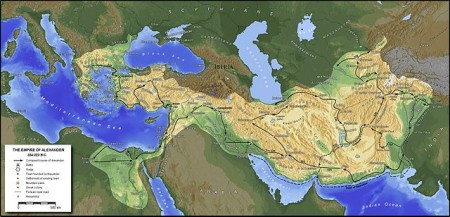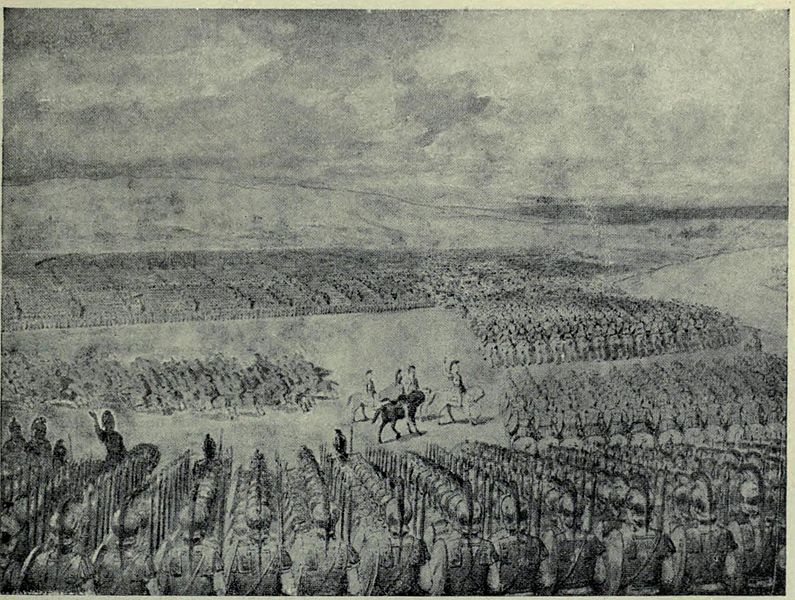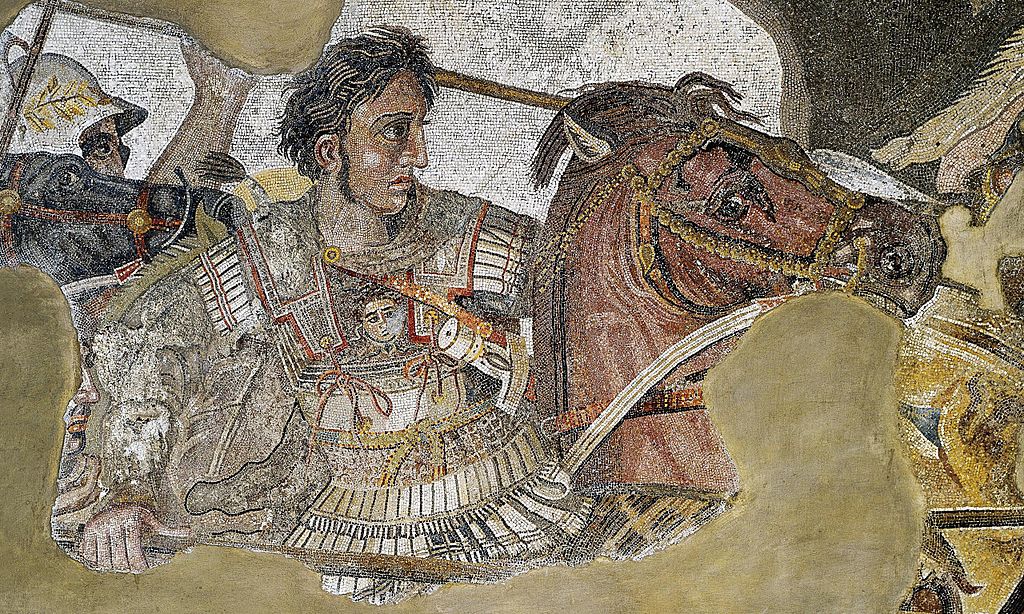In 326 BCE a formidable European army invaded India. Led by Alexander of Macedon it comprised battle hardened Macedonian soldiers, Greek cavalry, Balkan fighters and Persians allies. The total number of fighting men numbered more than 41,000.
Their most memorable clash was at the Battle of Hydaspes (Jhelum River) against the army of Porus, the ruler of the Paurava kingdom of western Punjab. For more than 25 centuries it was believed that Alexander’s forces defeated the Indians. Greek and Roman accounts say the Indians were bested by the superior courage and stature of the Macedonians.

Two millennia later, British historians latched on to the Alexander legend and described the campaign as the triumph of the organised West against the chaotic East. Although Alexander defeated only a few minor kingdoms in India’s northwest, in the view of many gleeful colonial writers the conquest of India was complete.
In reality much of the country was not even known to the Greeks. So handing victory to Alexander is like describing Hitler as the conqueror of Russia because the Germans advanced up to Stalingrad.
Zhukov’s view of Alexander
In 1957, while addressing the cadets of the Indian Military Academy, Dehradun, Zhukov (a Soviet career officer in the Red Army) said Alexander’s actions after the Battle of Hydaspes suggest he had suffered an outright defeat. In Zhukov’s view, Alexander had suffered a greater setback in India than Napoleon in Russia. Napoleon had invaded Russia with 600,000 troops; of these only 30,000 survived, and of that number fewer than 1,000 were ever able to return to duty.
So if Zhukov was comparing Alexander’s campaign in India to Napoleon’s disaster, the Macedonians and Greeks must have retreated in an equally ignominious fashion. Zhukov would know a fleeing force if he saw one; he had chased the German Army over 2000 km from Stalingrad to Berlin.
No easy victories
Alexander’s troubles began as soon as he crossed the Indian border. He first faced resistance in the Kunar, Swat, Buner and Peshawar valleys where the Aspasioi and Assakenoi, known in Hindu texts as Ashvayana and Ashvakayana, stopped his advance. Although small by Indian standards they did not submit before Alexander’s killing machine.
The Assakenoi offered stubborn resistance from their mountain strongholds of Massaga, Bazira and Ora. The bloody fighting at Massaga was a prelude to what awaited Alexander in India. On the first day after bitter fighting the Macedonians and Greeks were forced to retreat with heavy losses. Alexander himself was seriously wounded in the ankle. On the fourth day the king of Massaga was killed but the city refused to surrender. The command of the army went to his old mother, which brought the entire women of the area into the fighting.
Realising that his plans to storm India were going down at its very gates, Alexander called for a truce. The Assakenoi agreed; the old queen was too trusting. That night when the citizens of Massaga had gone off to sleep after their celebrations, Alexander’s troops entered the city and massacred the entire citizenry. A similar slaughter then followed at Ora.
However, the fierce resistance put up by the Indian defenders had reduced the strength – and perhaps the confidence – of the until then all-conquering Macedonian army.
Faceoff at the river
In his entire conquering career Alexander’s hardest encounter was the Battle of Hydaspes, in which he faced king Porus of Paurava, a small but prosperous Indian kingdom on the river Jhelum. Porus is described in Greek accounts as standing seven feet tall.
In May 326 BCE, the European and Paurava armies faced each other across the banks of the Jhelum. By all accounts it was an awe-inspiring spectacle. The 34,000 Macedonian infantry and 7000 Greek cavalry were bolstered by the Indian king Ambhi, who was Porus’s rival. Ambhi was the ruler of the neighbouring kingdom of Taxila and had offered to help Alexander on condition he would be given Porus’s kingdom.

Facing this tumultuous force led by the genius of Alexander was the Paurava army of 20,000 infantry, 2000 cavalry and 200 war elephants. Being a comparatively small kingdom by Indian standards, Paurava couldn’t have maintained such a large standing army, so it’s likely many of its defenders were hastily armed civilians. Also, the Greeks habitually exaggerated enemy strength.
According to Greek sources, for several days the armies eyeballed each other across the river. The Greek-Macedonian force after having lost several thousand soldiers fighting the Indian mountain cities, were terrified at the prospect of fighting the fierce Paurava army. They had heard about the havoc Indian war elephants created among enemy ranks. The modern equivalent of battle tanks, the elephants also scared the wits out of the horses in the Greek cavalry.
Another terrible weapon in the Indians’ armoury was the two-meter bow. As tall as a man it could launch massive arrows able to transfix more than one enemy soldier.



